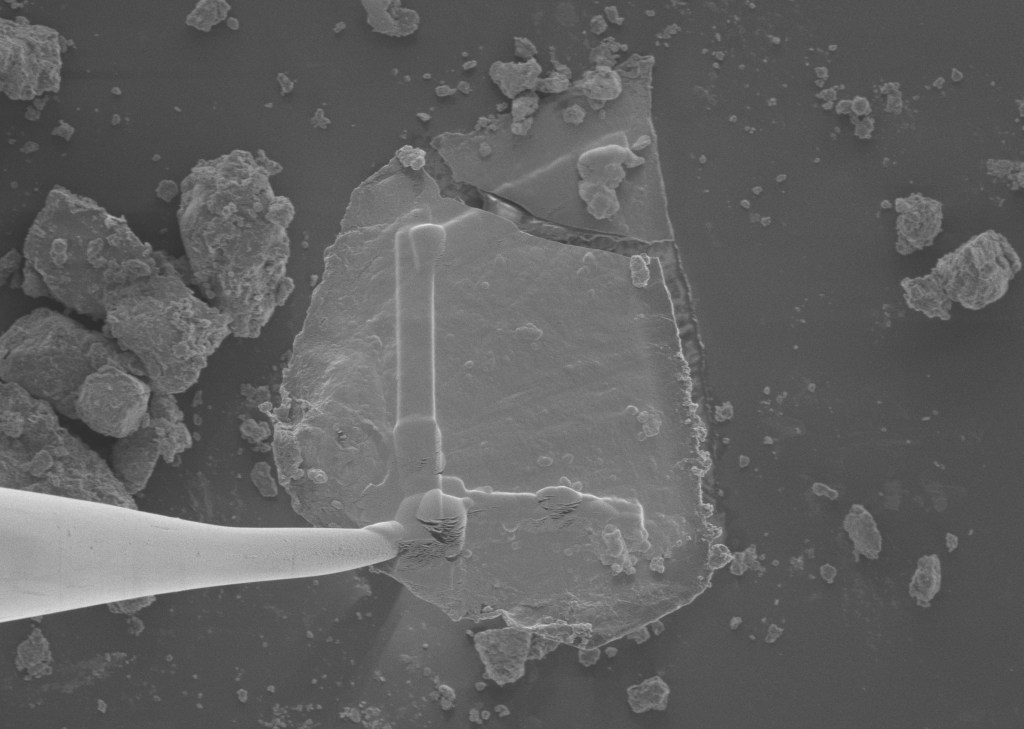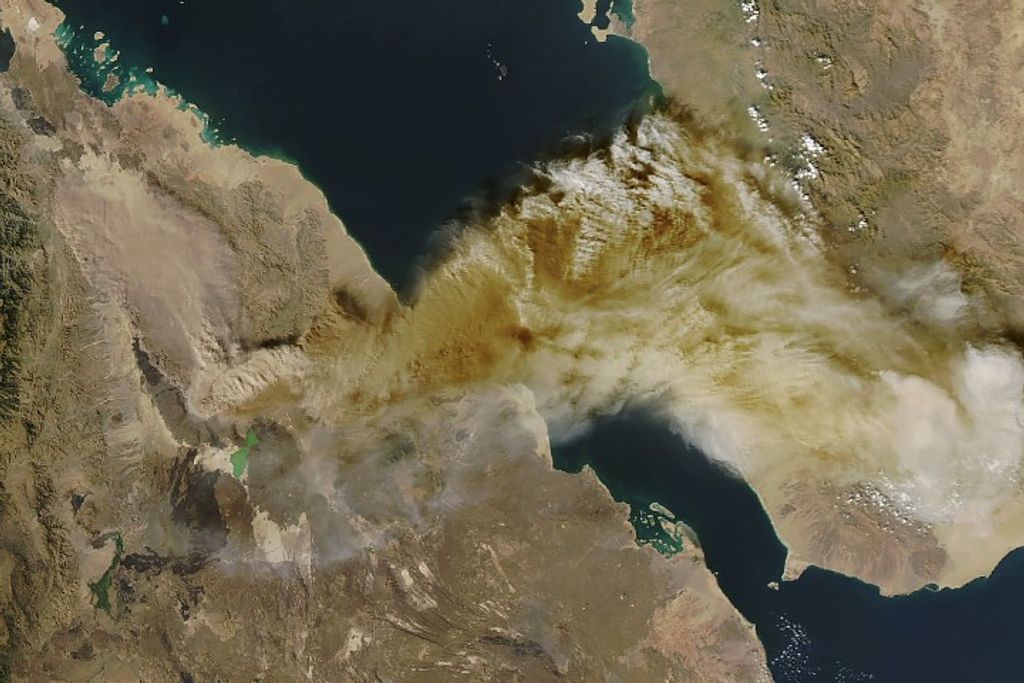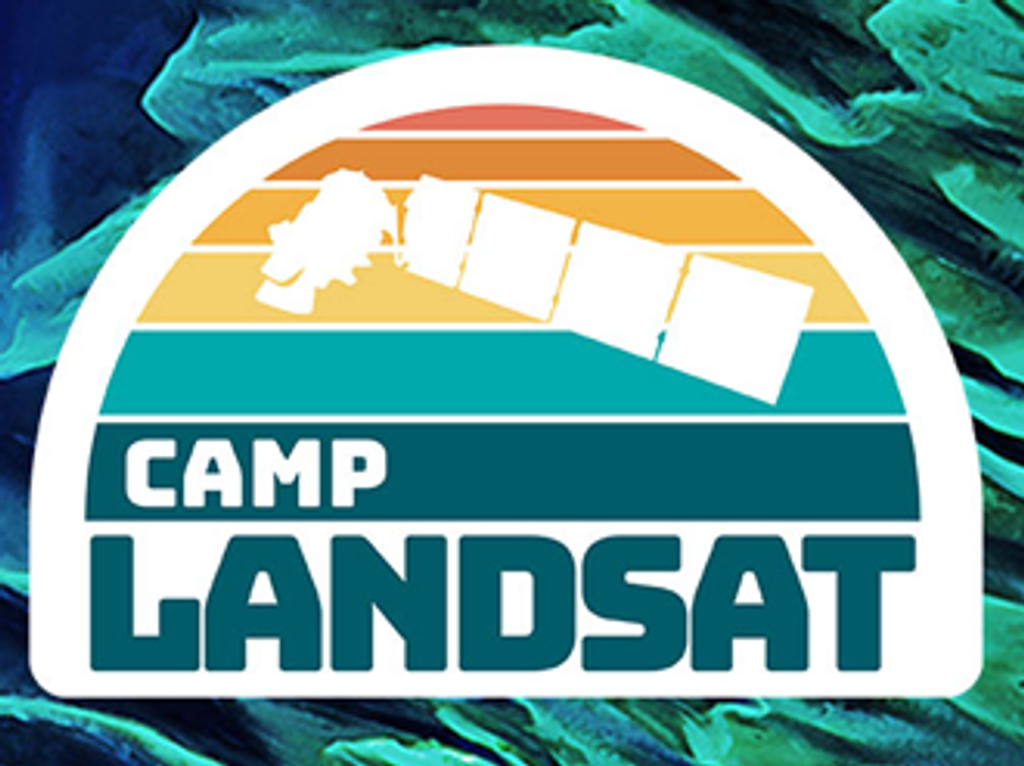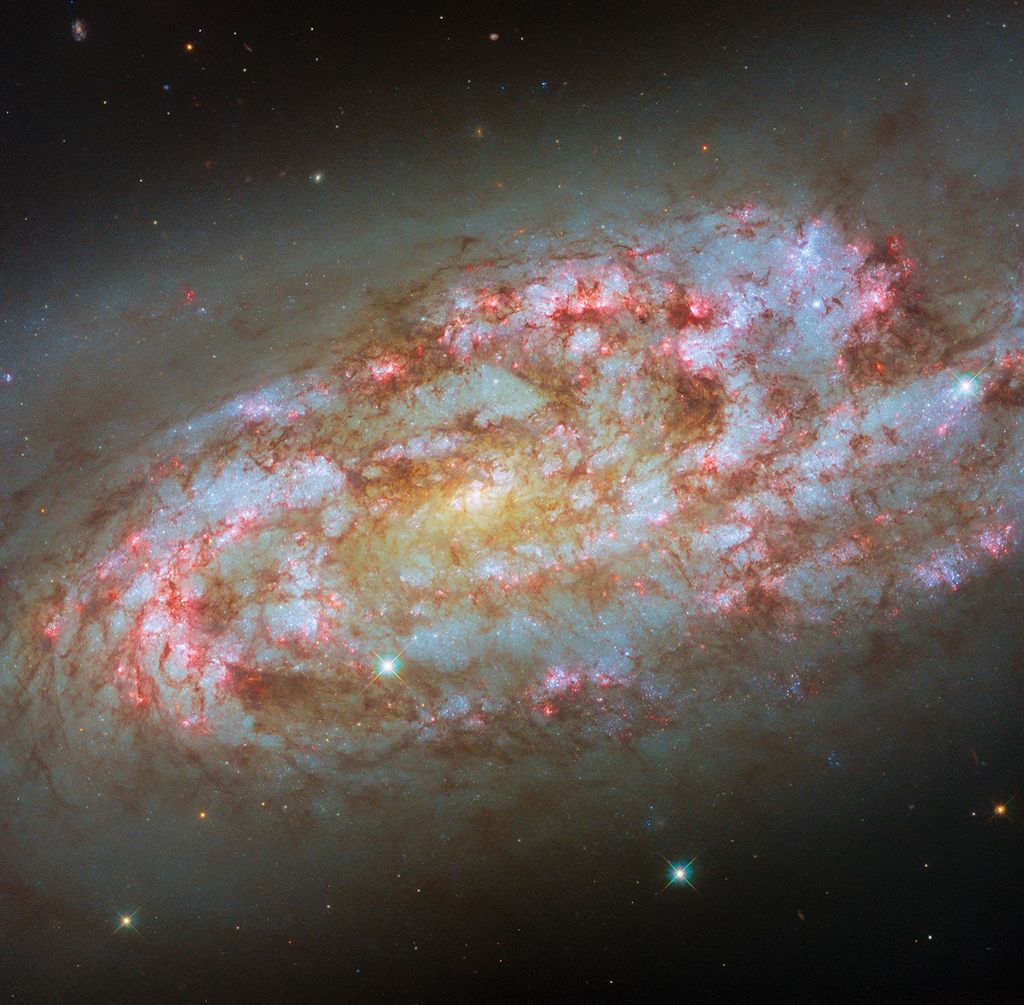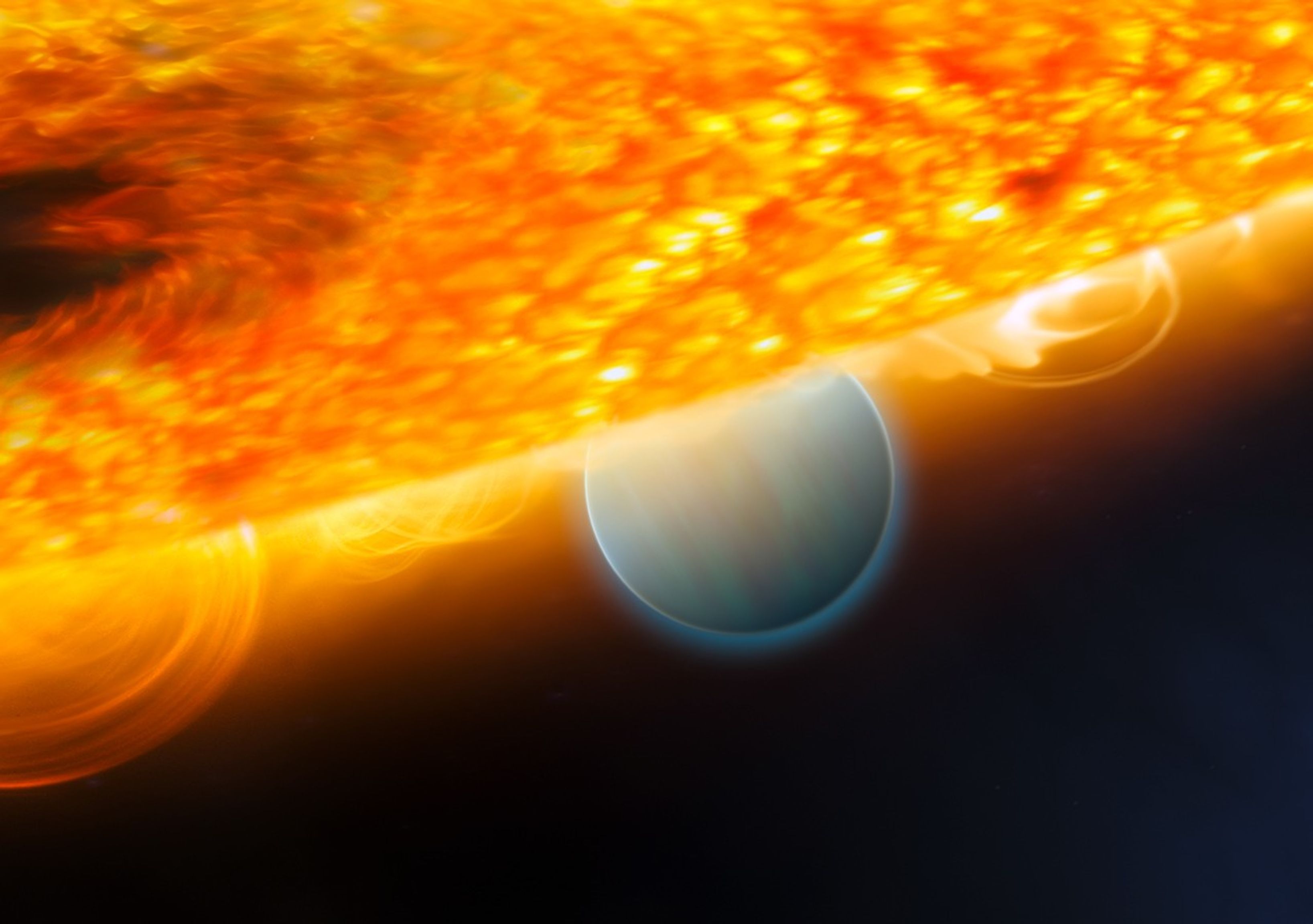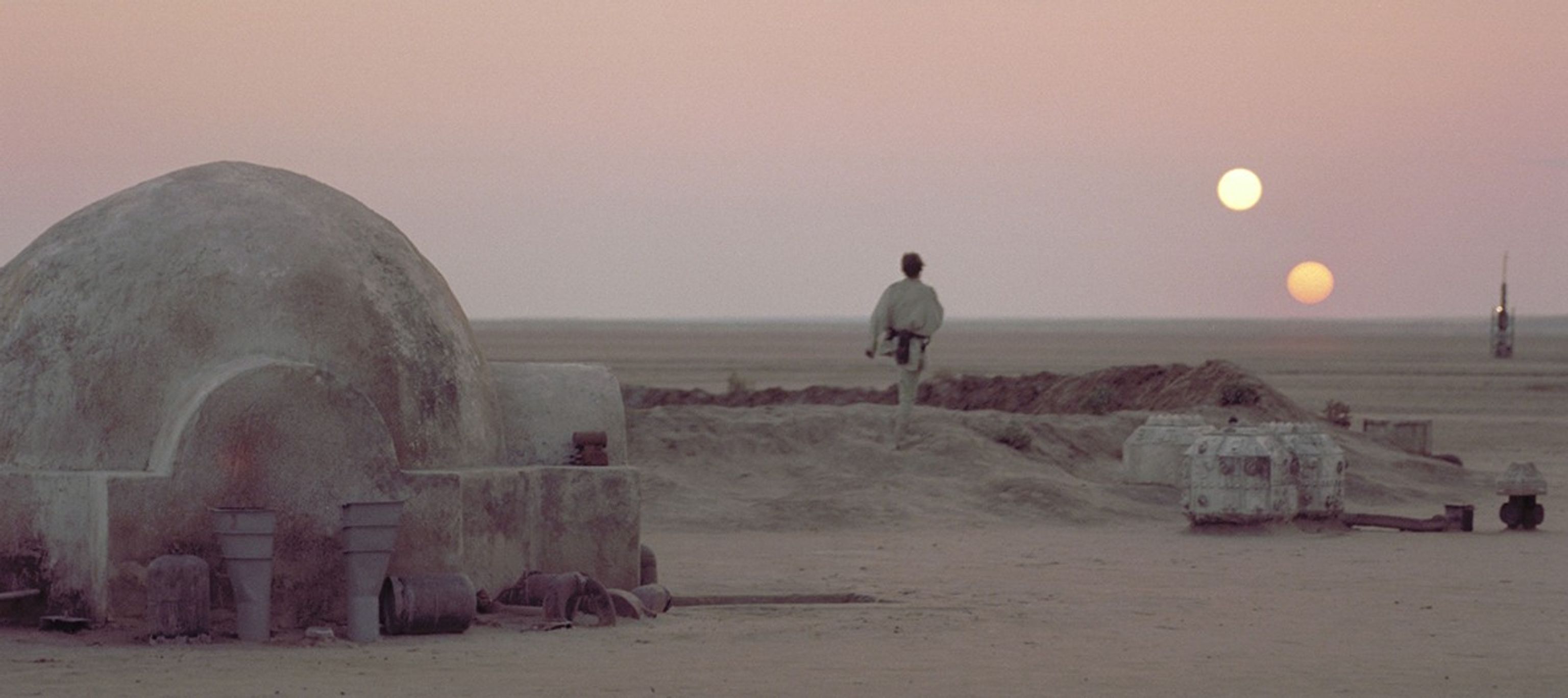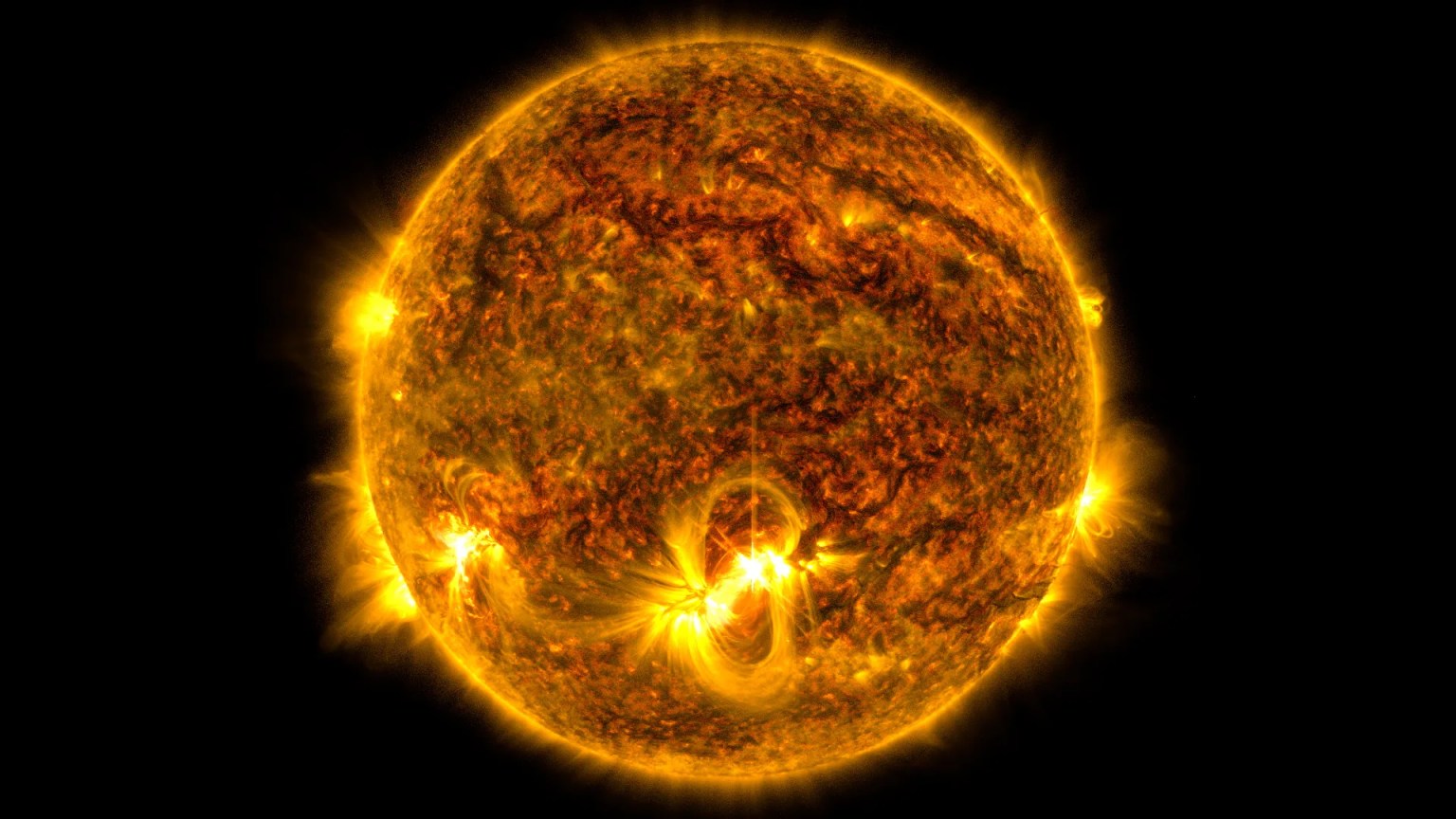Exoplanet Features
Take a deep dive into exoplanet-related questions, topics, and areas of investigation, with these stories, animations, videos, and other features.
checking out the neighbors
‘Other Stars, Other Worlds’
Among all the stars and planets in the Milky Way galaxy, how unique is our solar system? Compared to other planetary systems, how different are we? How much are we alike? This five-part series of animations and accompanying stories takes a look at some of our intriguing galactic neighbors.
Watch and Read ‘Other Stars, Other Worlds’
This artist's concept features the nearby star TRAPPIST-1, an ultra-cool dwarf, with seven Earth-sized planets orbiting it. Two of the planets were discovered in 2016 by TRAPPIST (the Transiting Planets and Planetesimals Small Telescope) in Chile. NASA’s Spitzer Space Telescope and several ground-based telescopes uncovered five additional ones. The TRAPPIST-1 system is located about 40 light-years from Earth.
NASA/JPL-Caltech
The Search for Life
-
01
A six-part series of articles about how NASA is searching for life throughout the cosmos.
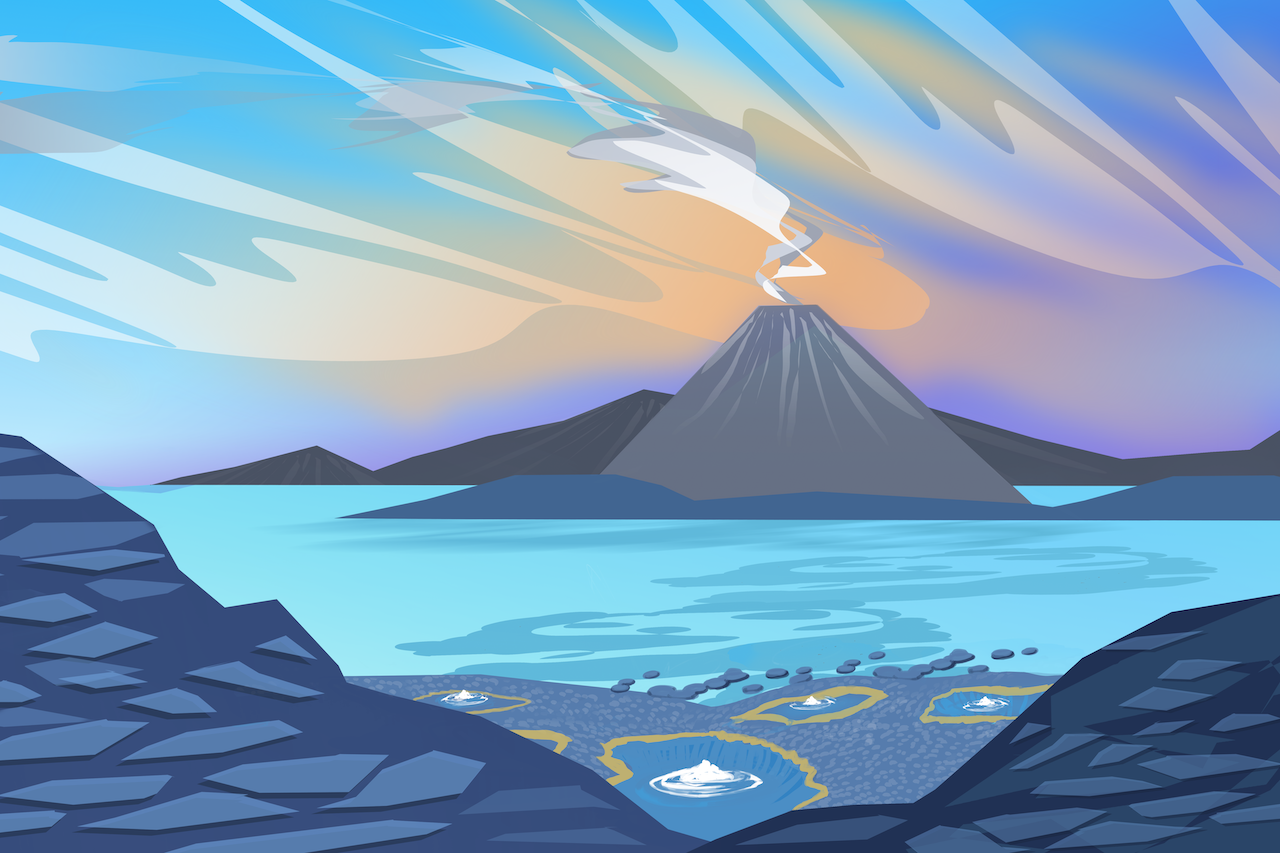
Earth’s surface is shown as it might have looked some 3.8 billion years ago, perhaps when life was just beginning, in this artist’s rendering. Illustration: NASA/JPL-Caltech/Lizbeth B. De La Torre
Are We Alone?
-
In a galaxy that likely holds trillions of planets, ours is so far the only known life-bearing world. Are we really alone?
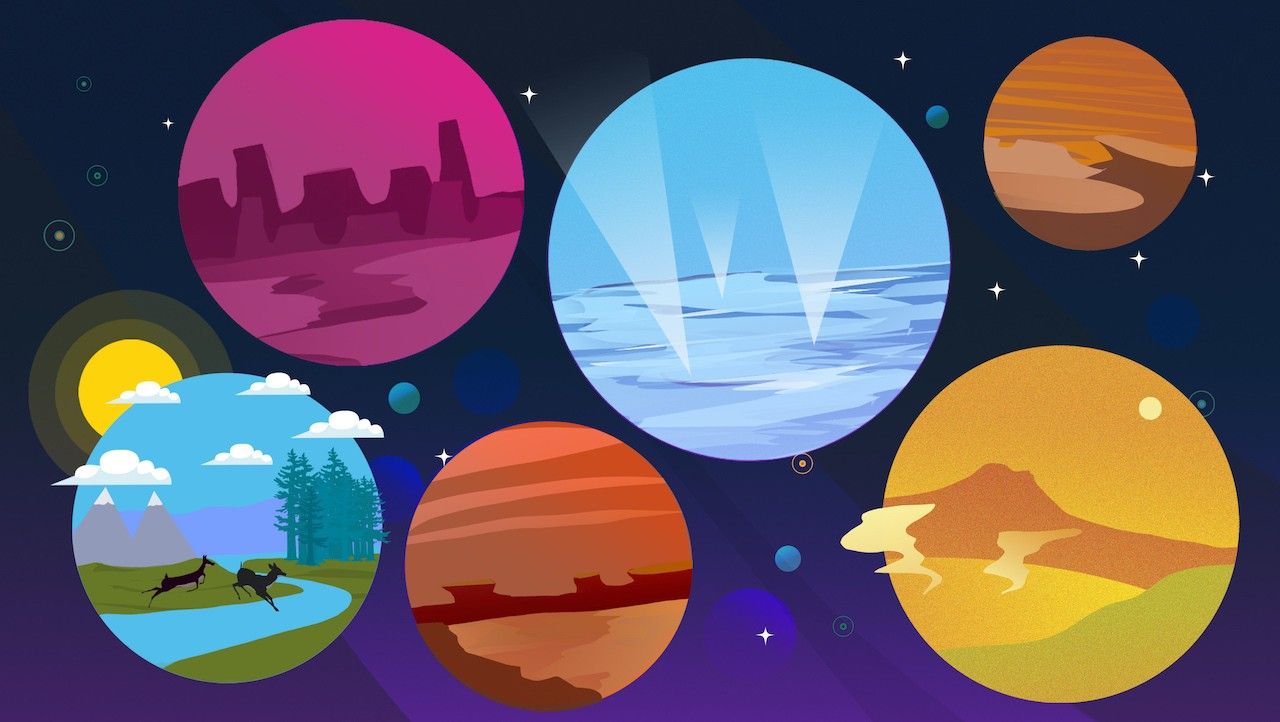
The surfaces of planets around other stars – exoplanets – could take many forms, as in this illustration; Earth's surface is shown at lower left for comparison. Illustration: NASA/JPL-Caltech/Lizbeth B. De La Torre


